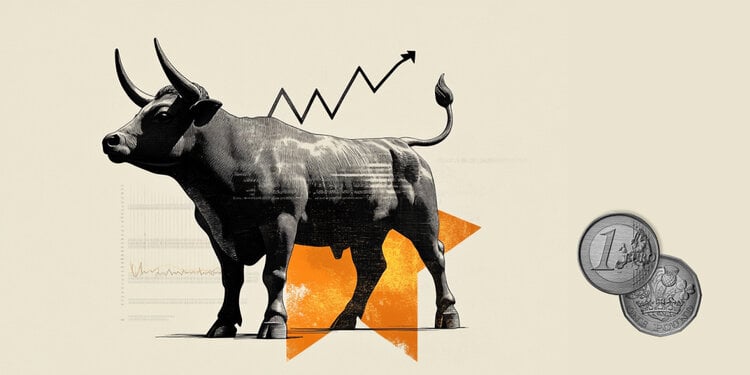Short-term interest rates ended Thursday higher and long-term interest rates fell, reacting to the statement by the Monetary Policy Committee (Copom), which yesterday raised the Selic by 1.5 percentage points to 9.25%, as widely reported. expected.
The reading of the text was that the weak activity data released since last week do not seem to have sensitized the BC, which in the text highlighted the lack of anchoring of expectations, reiterating that it will persevere in its task of making them converge to the goals.
For February’s Copom, Selic bets, which yesterday were well-adjusted to a 150bps high, didn’t change much with the text, but the market now seems to see a greater chance of a longer cycle. The long end had some volatility in the afternoon, in line with the mood swings abroad.
The Interfinancial Deposit (DI) contract rate for January 2023 closed at 11.625% (regular) and 11.62% (extended), from 11.384% yesterday in the adjustment, and the DI rate for January 2025 rose from 10.669% to 10.69% in regular, but in extended it returned to 10.645%. The DI rate for January 2027 ended at 10.60% (regular) and 10.54% (extended), from 10.682%.
All through the post-Copom Thursday, the curve sustained the reaction considered classic when you have a hawkish surprise with the statement, with the disinclination setting in within the first few minutes.
In the statement, the Central Bank has already ordered another increase of 1.5 percentage point of the Selic in February, which works almost as a floor for the market, although some economists continue to bet on a slowdown in the pace, in the case of Banco Inter.
“We maintain our expectation of a lower increase in February, of 1 point, considering a greater impact of the drop in activity on future inflation, as well as the recent cooling of raw material prices that have not yet had an impact on consumer prices”, he says. Chief Economist Rafaela Vitória.
Doubts about how and when weaker activity will hit inflation, expectations for the IPCA in 2022 and 2023 already displaced from the targets and the BC message in the communiqué strengthened the idea that the Copom may choose to extend the cycle, in instead of raising the doses.
With the rise of the Selic yesterday, the Brazilian BC is highlighted among the central banks that most raised interest rates in the year and is now no longer seen as “behind the curve”.
In the calculations of Greenbay Investimentos, the curve projects the Selic to rise until May, reaching 12.75%, and then, in the second half, includes a downward trajectory to close the year at 12%
For the February Copom, the now priced 152 basis points indicate a little less than 10% chance of accelerating the pace to 1.75 points, while yesterday the probability was 100% for 1.5 points.
Among economists, the forecast is for a terminal Selic of 11.75% or above for 33 of 43 institutions consulted by Broadcast Projections.
This Friday, the November IPCA may test the curve design if it brings a lower number than expected.
In the survey by Broadcast Projections, the median is 1.10%, compared to 1.25% in October, but the rate in 12 months should accelerate to 10.90% (median), from 10.67%. For the opening of the data, the forecast is for a cooling down for most prices.
The National Treasury increased the fixed rate lots in Thursday’s auction, but was unable to fully sell the NTN-F offer, which was 1.5 million, having sold 945 thousand. The 7.5 million LTN lot was fully absorbed.
Reference: CNN Brasil
I am Sophia william, author of World Stock Market. I have a degree in journalism from the University of Missouri and I have worked as a reporter for several news websites. I have a passion for writing and informing people about the latest news and events happening in the world. I strive to be accurate and unbiased in my reporting, and I hope to provide readers with valuable information that they can use to make informed decisions.







